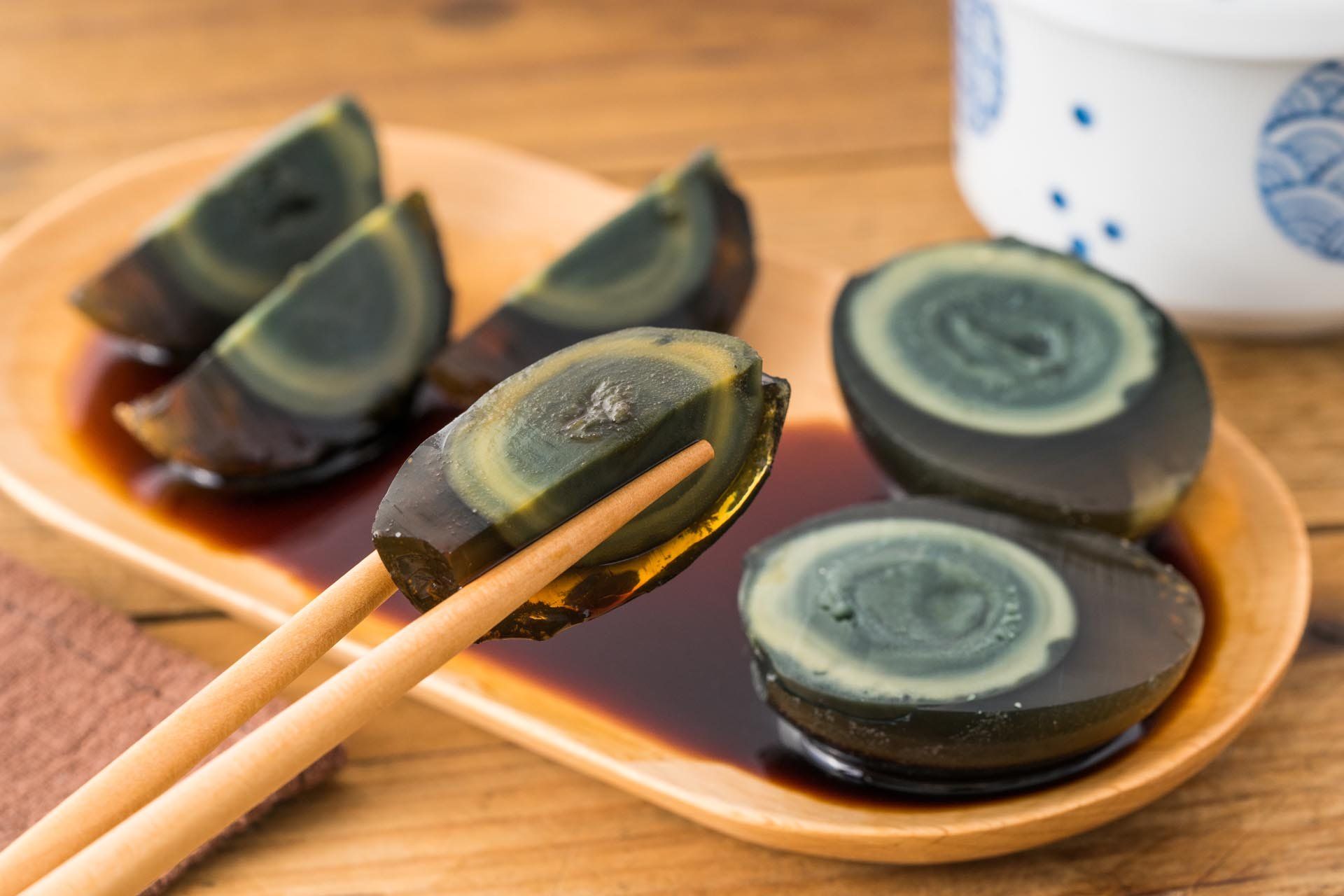11. Sannakji , South Korea
Sannakji is a traditional Korean dish that consists of small live octopus, typically cut into small pieces and served immediately. The name "sannakji" translates to "raw octopus" in Korean.
To prepare sannakji, a small octopus is usually quickly dismembered and served while the tentacles are still moving. The pieces are often seasoned with sesame oil and sesame seeds or served with a dipping sauce made from soy sauce and wasabi.
One of the unique aspects of sannakji is that the octopus tentacles continue to squirm and writhe even after being cut, giving the dish its characteristic movement. This can be both visually striking and intimidating for those who are not accustomed to eating live seafood.
12. Muktuk, Greenland
Muktuk is a traditional Inuit food that consists of whale skin and blubber. It is commonly consumed in Arctic regions such as Alaska, Canada, Greenland, and parts of Russia, where whale hunting has long been a part of indigenous cultures and sustenance.
To prepare muktuk, the skin and blubber are typically sliced into small, bite-sized pieces. The skin portion is often thick and rubbery, while the blubber is soft and fatty. These pieces are then eaten raw or sometimes lightly boiled or fermented before consumption.
Muktuk is highly nutritious, providing a significant source of vitamin C and vitamin D, as well as omega-3 fatty acids, which are beneficial for heart health. It is also rich in protein and calories, making it a valuable food source in regions where fresh produce and other protein sources may be scarce.
In indigenous cultures, muktuk holds cultural and traditional significance, often being shared during community gatherings, celebrations, and feasts.




























